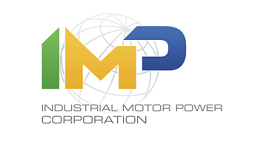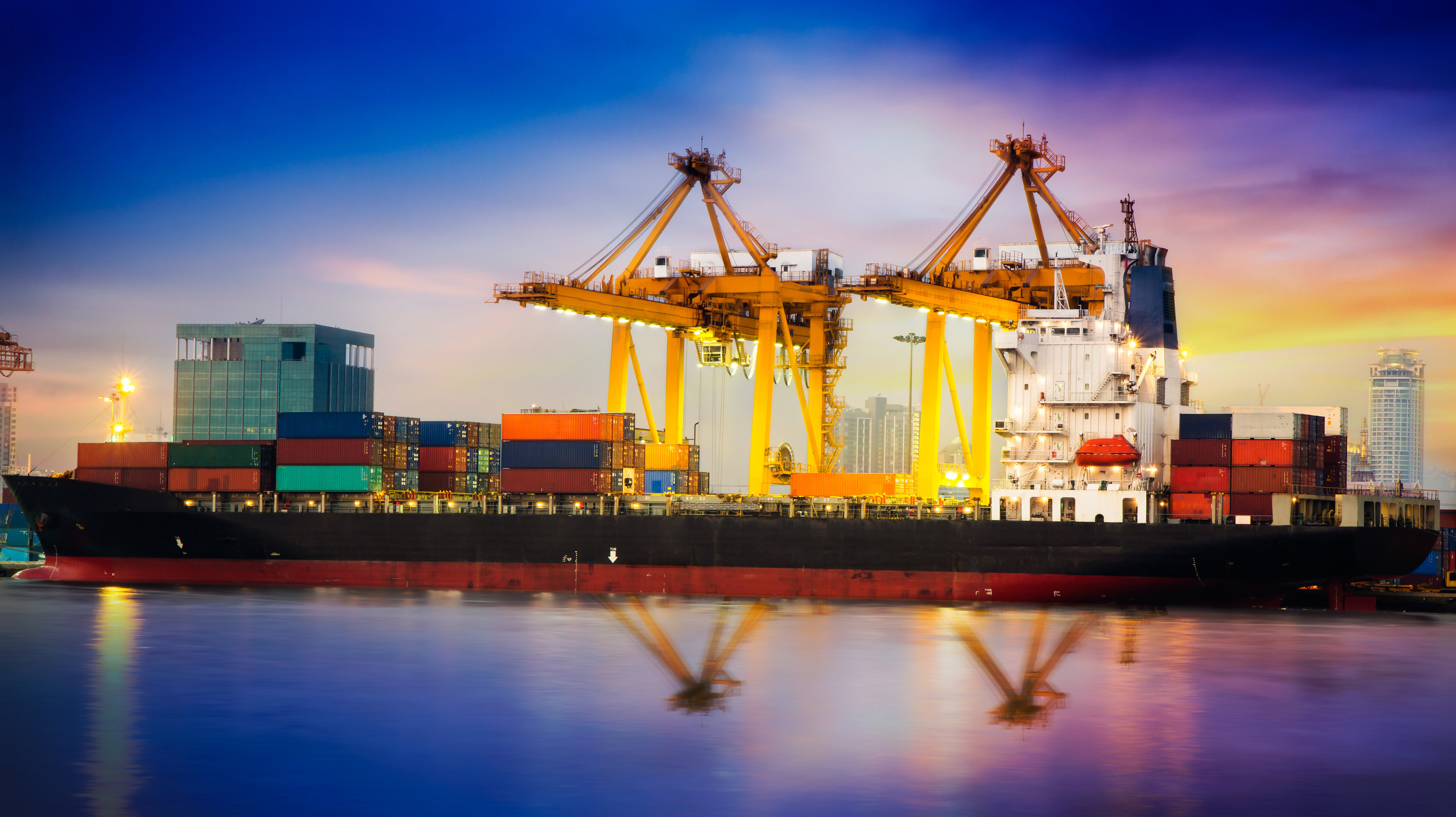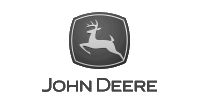Understanding Marine Engine Rating Classifications –
Los Angeles, CA ‚Äď (April 30, 2015) Simply put, duty ratings define the power and annual hours of usage that are expected of an engine.¬† More specifically, a duty rating for marine engines is the power available under normal varying electrical load factors for an unlimited number of hours per year in commercial applications. Choosing the appropriate engine rating for your marine application is essential for quality performance and the longevity of your engine.
All diesel marine engine manufacturers have a ‘duty-cycle’ rating classification system complete with their own terminology. However, all manufacturers use the same 3 determinants to classify each rating; load factor, typical operational hours per year and typical full power operation hours. These ratings should be applied on the basis of vessel operations, the type of boat/hull design, and the power demands of the marine engine. Since more than one rating could apply, we‚Äôve provided a list of 5 duty rating descriptions to help you determine which category your marine operation falls under.
Continuous Duty
- For use in applications requiring uninterrupted and unlimited service at full power.
- Load Factor: 80% to 100%
- Typical Annual Operation Hours: 5000 to 8000 hours
- Typical Hull Forms: Displacement
- Typical Applications: Freighters, tugboats, bottom drag trawlers, or deep river tugboats, dredges
Heavy Duty
- For nearly continuous use in variable load applications where full power is limited to 8 hours out of every 10 hours of operation.
- Load Factor: 40% to 80%
- Typical Annual Operation Hours: 3000 to 5000 hours
- Typical Hull Forms: Displacement
- Typical Applications: Mid-water fishing trawlers, crew and supply boats, ferries, purse seiners, and towboats. Or auxiliary applications like thrusters and cargo pumps in dynamic positioning.
Medium Duty
- For moderate use in variable load applications where full power is limited to 6 hours out of every 12 hours of operation.
- Load Factor: 20% to 80%
- Typical Annual Operation Hours: 2000 to 4000 hours
- Typical Hull Forms: Semi-displacement and displacement
- Typical Applications: Ferries, harbor tugs, fishing boats (designed for high speed), offshore service boats, (non-cargo) displacement hull yachts, or short trip coastal freighters.
Light Duty
- For intermittent use in variable load applications where full power is limited to two hours out of every eight hours of operation.
- Load Factor: Up to 50%
- Typical Annual Operation Hours: 1000 to 3000 hours per year
- Typical Hull Forms: Planing and semi-displacement
- Typical Applications: Offshore patrol boats, customs boats, police boats, some non-net fishing, fireboats, military and police vessels, or harbor tugs. Or auxiliary applications like emergency fire pumps and hydraulic power packs.
Pleasure Duty
- For infrequent use in variable load applications where full power is limited to one hour out of every eight hours of operation.
- Load Factor: Up to 30%
- Typical Annual Operation Hours: 250 to 1000 hours
- Typical Hull Forms: Planing
- Typical Applications: Pleasure craft, harbor patrol boats, harbor master boats, some fishing or patrol boats, sportfishers, motoryachts, and cruisers.
Popular Marine Engine Models
- CAT 3508, C175, C9 ACERT, CAT 3512C
- MAK M20C, 32E, VM32C
- Cummins NTA855, KTA19, KTA38, KTA50, QSK38, QSK60
You may find that your needs fall under more than one rating class under these general guidelines.  However, every marine operation has its own unique power demands. If you are ever in doubt about what kind of engine you require, you can always contact an IMP specialist at sales@impcorporation.com to help you identify the best option for your needs.









